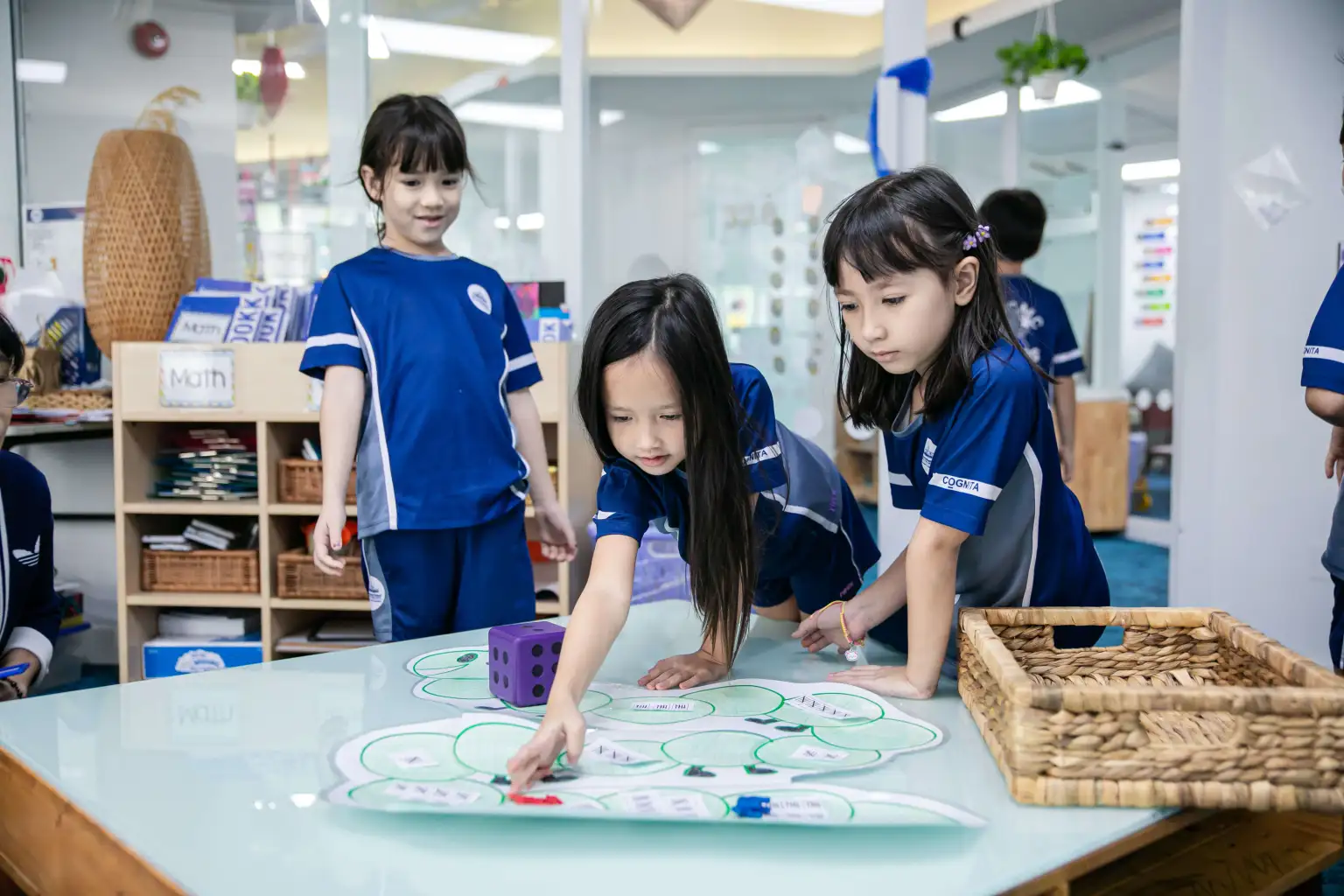Finding the ideal elementary school for your child is a crucial choice that will impact their educational path. We need to provide a solid foundation for their future learning as they move from kindergarten to the more regimented setting of primary school. Early education is important for a child’s academic development as well as for fostering curiosity and a love of learning. Consequently, it’s critical to know how to choose a primary school that complements your family’s ideals and your child’s needs. We will go over a number of crucial elements in this guide that all parents should take into account to make sure their child succeeds in these early years. Let’s explore what factors your child should consider when choosing a school.
The Importance of Choosing the Right Primary School
Selecting a suitable elementary school is extremely important. Beyond only imparting academic knowledge, schools mold students’ personalities and develop their individual gifts. Your child’s learning environment has a big impact on their goals and future course. For any parent, choosing where to enroll is a major decision, therefore it’s not always simple.
You must take into account a school’s fundamental values, curriculum, and methods for promoting general life skills in order to make an informed choice. We’re here to assist you navigate these elements and locate a school that not only satisfies academic requirements but also complements the objectives and morals of your family. Let’s examine what factors influence your child’s decision to attend a primary school.
What to look for in a good school?
The suggested criteria below will partly resolve the concerns and worries of parents when choosing a school:
Location
Distance may seem like a small issue to some parents at first, but it’s actually very important. Since they think these schools will provide the best education, many parents today put up with long commutes in order to send their kids to the best ones. But in addition to wearing out the parents, this can also tire the kids, which could result in a drop in their health and academic performance.
On the other hand, having a school nearby can save considerable time and make daily commutes more manageable. This proximity allows children to feel fresher and more focused on their studies. Choosing a nearby school can save a lot of time and simplify daily commutes. This closeness helps children stay fresh and more attentive to their studies. It also means parents can easily reach their child during school hours, which is helpful in case of emergencies. So, it’s important for parents to consider the advantages of a nearby school versus the downsides of a longer commute.
Facilities and Safety
Facilities and safety are also critical when choosing a school. Even if a school isn’t widely renowned, it should have modern facilities and well-equipped classrooms to support effective learning. Schools that invest in their infrastructure demonstrate a commitment to the quality of education and the overall student experience.
- Class Sizes: You wouldn’t want to go for an overloaded class. Smaller class sizes are generally better as they allow for more personalized attention and support from teachers, enhancing student learning and engagement.
- Basic Facilities Check: When checking a school’s facilities, look for well-maintained buildings, accessible technology, and adequate resources like libraries and sports equipment. These are indicators of a school’s dedication to providing a supportive learning environment.
- Safety Check: Ensure the school has strong safety protocols, secure premises, and measures in place to handle emergencies. A safe learning environment is essential for students to thrive and for parents to have peace of mind.
Reputation
Parents have more options for schools now than in the past. When you have to stand in front of various options like private school, public school, or semi-public schools as well as international school for primary education or even online schools.
- School Culture and Values:
The learning environment significantly impacts a child’s educational experience. A school that ensures physical and mental safety, free from bullying, with proper food hygiene and culturally ethical materials, is crucial. It should also foster a familiar, friendly, and positive atmosphere where respect and personal development are prioritized. This environment helps nurture creative thinking and positive interactions among students.
Teachers’ professional skills and educational approach are necessary, regardless of whether the institution is public or private. The most successful teaching strategies used today combine conventional and innovative approaches, striking a balance between conceptual understanding and real-world application to improve student comprehension and engagement.
- Student Performance:
In addition to being thorough, a school’s curriculum ought to be taught in a way that maximizes learning. Tracking student achievement through ongoing evaluation and feedback can assist make sure they are not just keeping up but also thriving.
Understanding Your Child’s Needs
In actuality, a lot of parents desire for their kids to enter elite schools with strict requirements. What counts most, though, is if your child’s surroundings are actually meeting their needs.
Personalities
Each child thrives in a different setting. Some children excel in a creative, fun, and diverse learning environment that stimulates their imagination and encourages their interests. Instead of following the crowd, take time to understand your child’s wishes, needs, and preferences. Participating in school tours and classroom visits can provide insights into how your child feels about different environments.
School Anxiety and Refusal ?
Anxiety or reluctance to attend school can be significant indicators that the environment might not be the right fit for your child. It’s important to identify the causes—whether it’s due to the school’s atmosphere, teaching methods, or social dynamics—and consider how the school addresses these issues.
Learning Preferences and Strengths
Determine whether the curriculum and methods used by a school meet the needs of your child’s developmental stage and ability. Each child is an individual with distinct skills and talents; some may do better in demanding educational environments with lots of extracurricular activities, while others may do better in a more laid-back and encouraging environment. To promote your child’s development and enable them to realize their full potential, selecting the best school requires striking a balance between these factors.
Visit And Observe
To gain a clearer and more personal understanding, it’s essential for parents to visit potential schools. Such visits can provide insights into the school’s educational programs, learning environments, and facilities. Many schools offer open days, trial classes, and information sessions, which are invaluable for parents looking to get a real sense of the school’s atmosphere and approach. These opportunities also allow parents to meet and discuss their concerns with faculty and staff.
Additionally, don’t underestimate the insights that can be gained from speaking to friends and relatives whose children attend various schools. They can offer firsthand accounts of their experiences and opinions about the educational quality and methods employed.
For those staying in Vietnam considering an international curriculum, visiting a Vietnam international school can offer a perspective on how global education standards are integrated into local contexts, providing a well-rounded educational environment.
Conclusion
We hope this article has helped you understand how to choose a primary school for your child. At this critical stage, selecting an educational environment that nurtures good character and thinking skills is vital. For parents in Vietnam considering an international curriculum, consider visiting ISHCMC Primary School, the first Vietnam international school in Ho Chi Minh City and the first IB World School in Vietnam. This could be the perfect setting to support your child’s educational journey.

